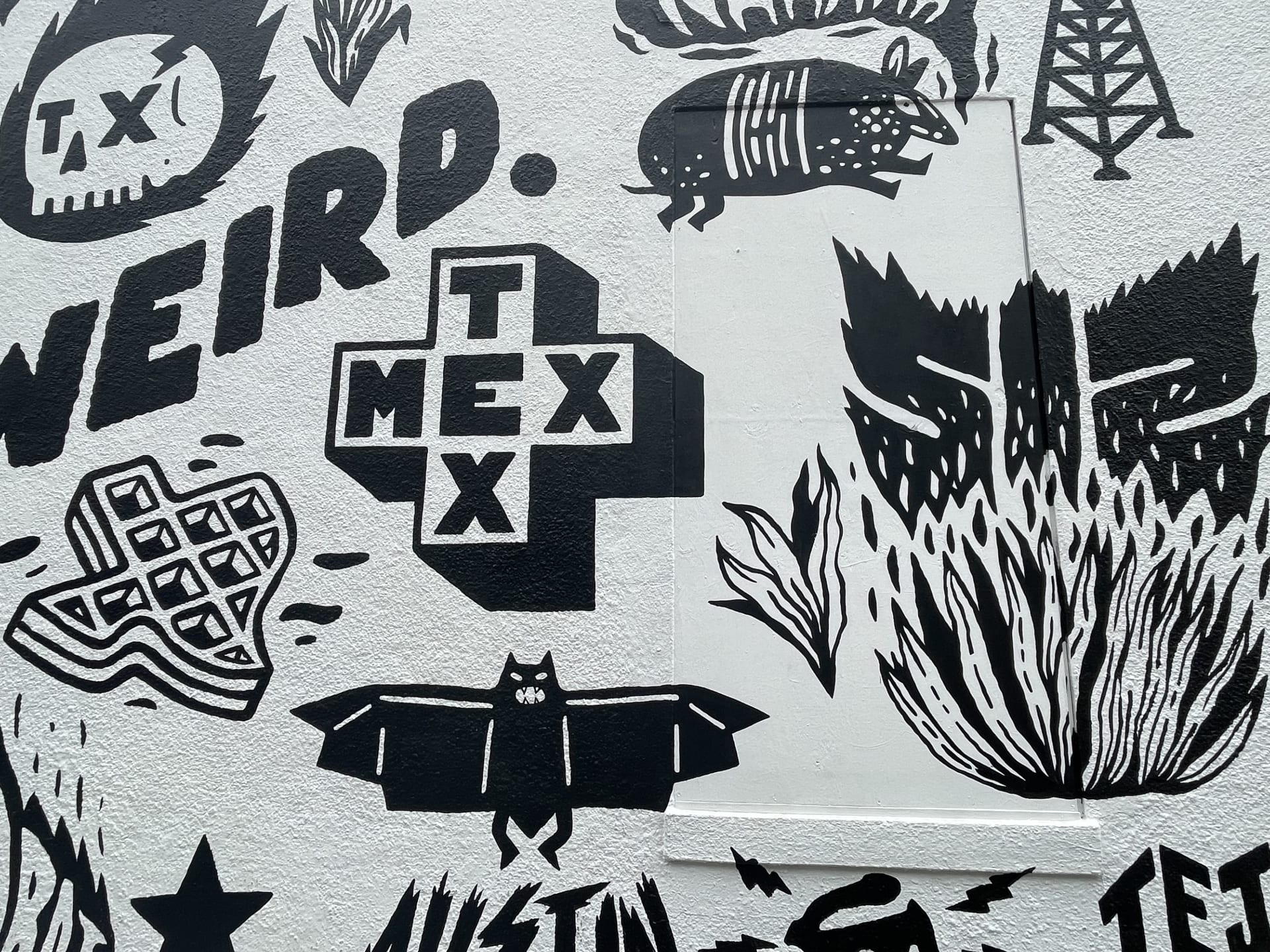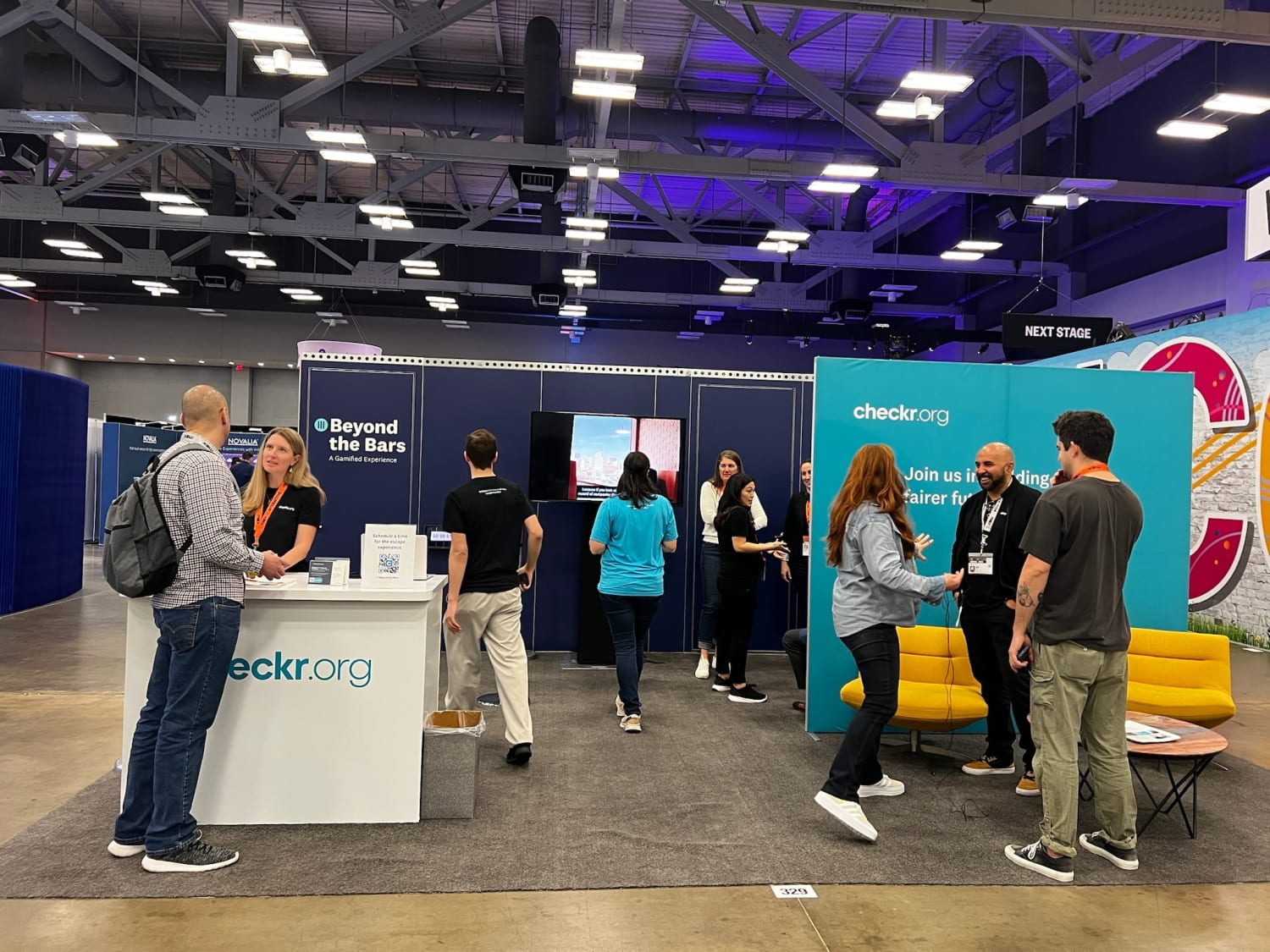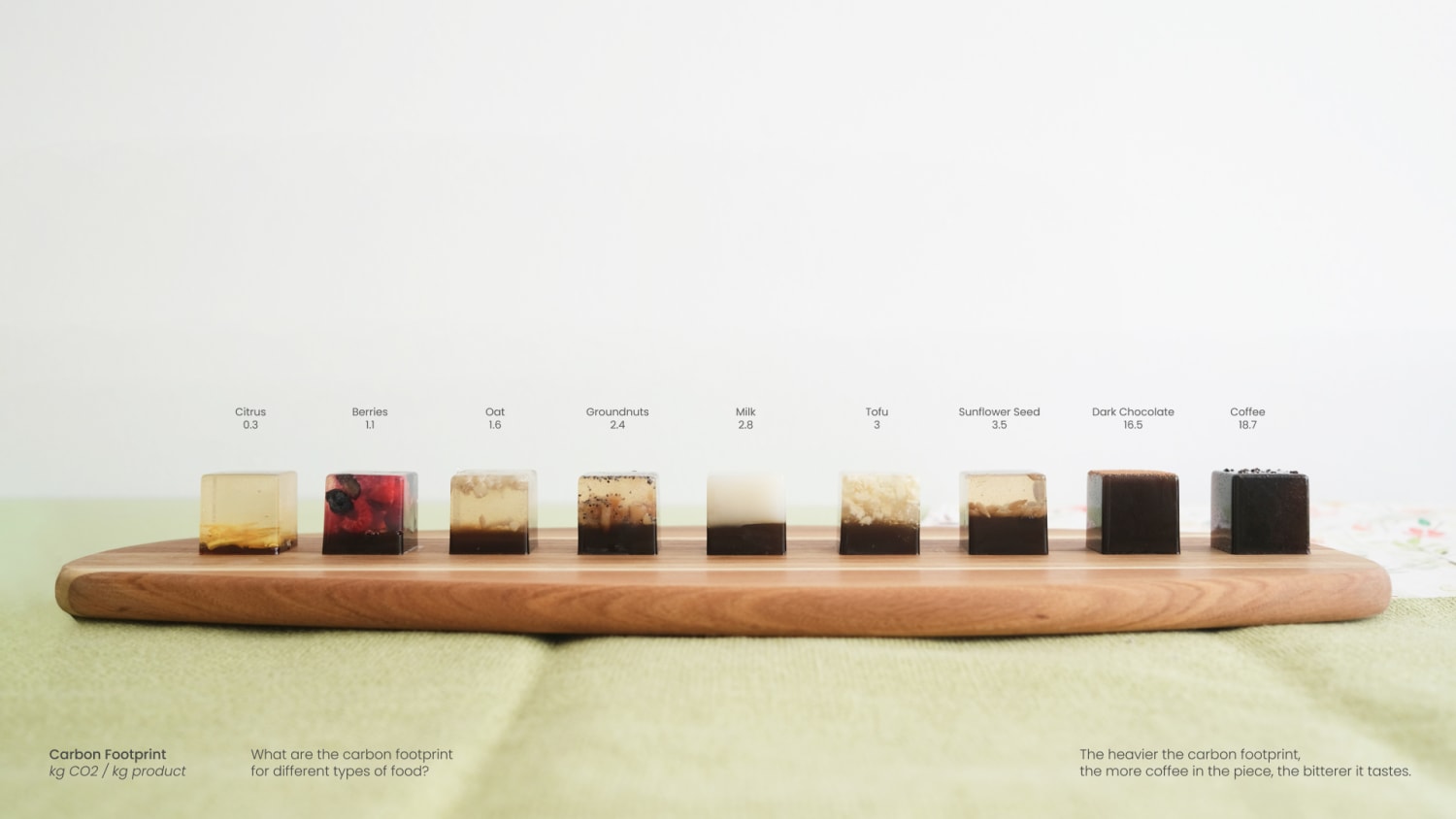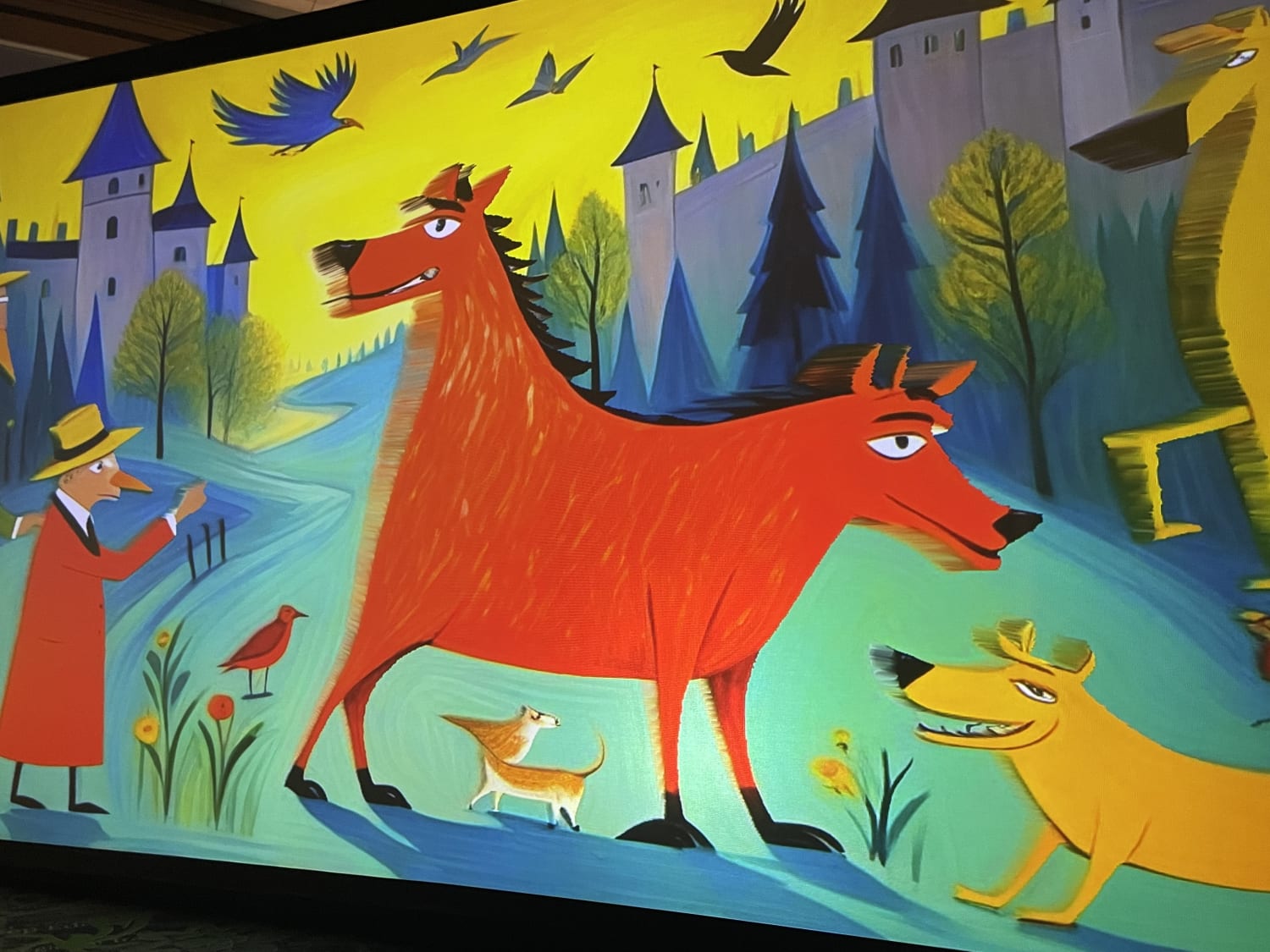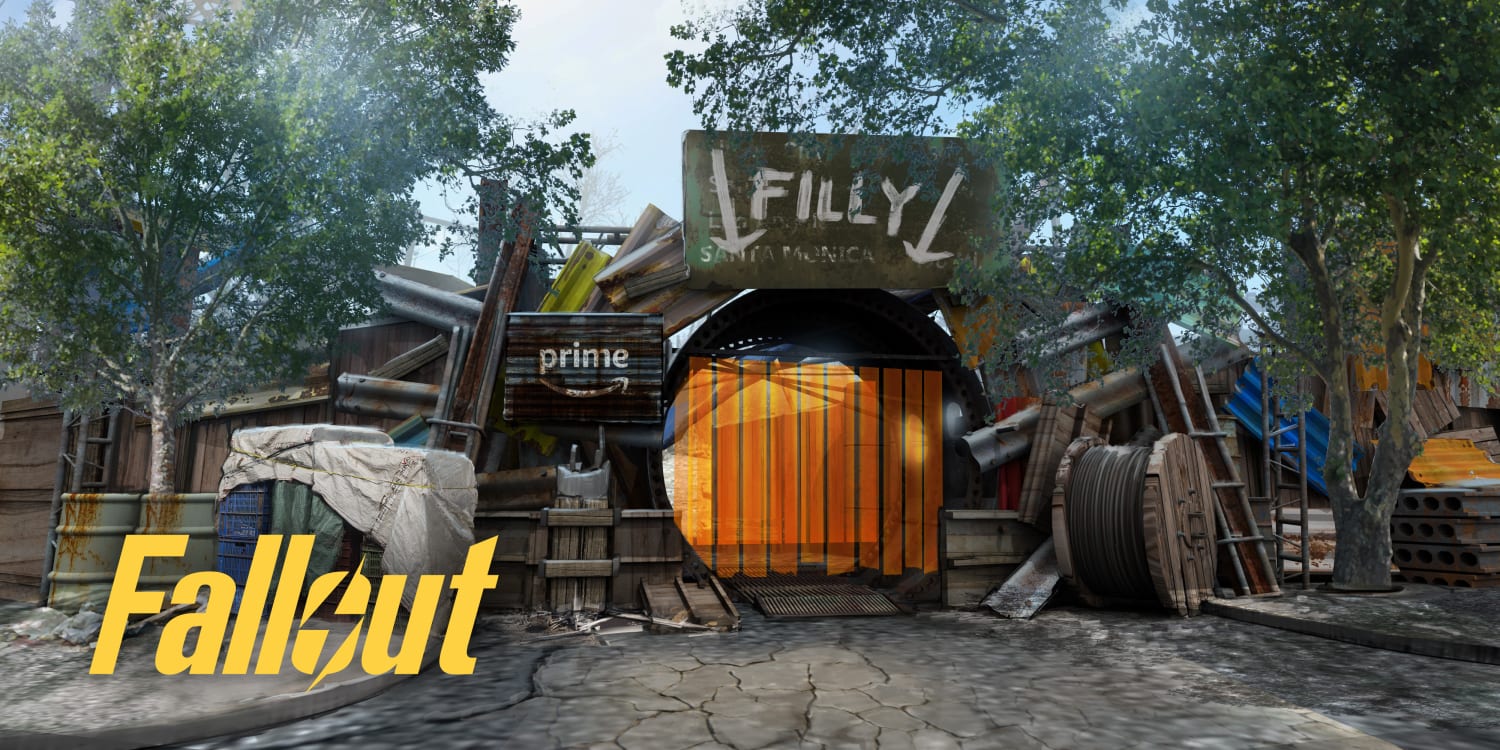As tech gets more capable, what will be our place in the AI revolution? What can we achieve, and who can we become? A slew of talks explored the intersection of AI and humanity, and how it might shape our evolution.
“AI fundamentally makes us even more human,” according to Peter Deng of OpenAI, predicting that future generations would grow up with a tool that would enable them to think more deeply and at a higher level. Education start-up founder Mackenzie Price agreed, saying AI will help build human intelligence. Price discussed 2Hr Learning, an education initiative that uses generative AI for personalized academic learning, allowing students to spend just two hours on study and devote the rest of their time to passions and interests.
At a panel exploring ways AI can drive human connection, the chief communications officer at experiential arts company Meow Wolf, Didi Bethurum, predicted that AI will enhance communication not just by translating language but by helping us navigate cultural differences.
As noted in the Future 100: 2024 report, human connection is a major opportunity amid a global loneliness crisis. Radha Agrawal, community architect, cofounder and CEO of collective dance movement Daybreaker, spoke about the power of belonging to build a more inclusive and compassionate society. She unveiled the "compass of belonging," a formula for reconnection more than a decade in the making, based on spirituality, connection to the earth and our ancestors, and service to others. Agrawal is also on the board of the Belong Center, an organisation dedicated to addressing loneliness in our cities. In her view, marketing and advertising is “on the frontlines" of this issue with an immediate opportunity to consider impact on belonging. Look out for a VML Intelligence Q&A with Radha, coming soon.
